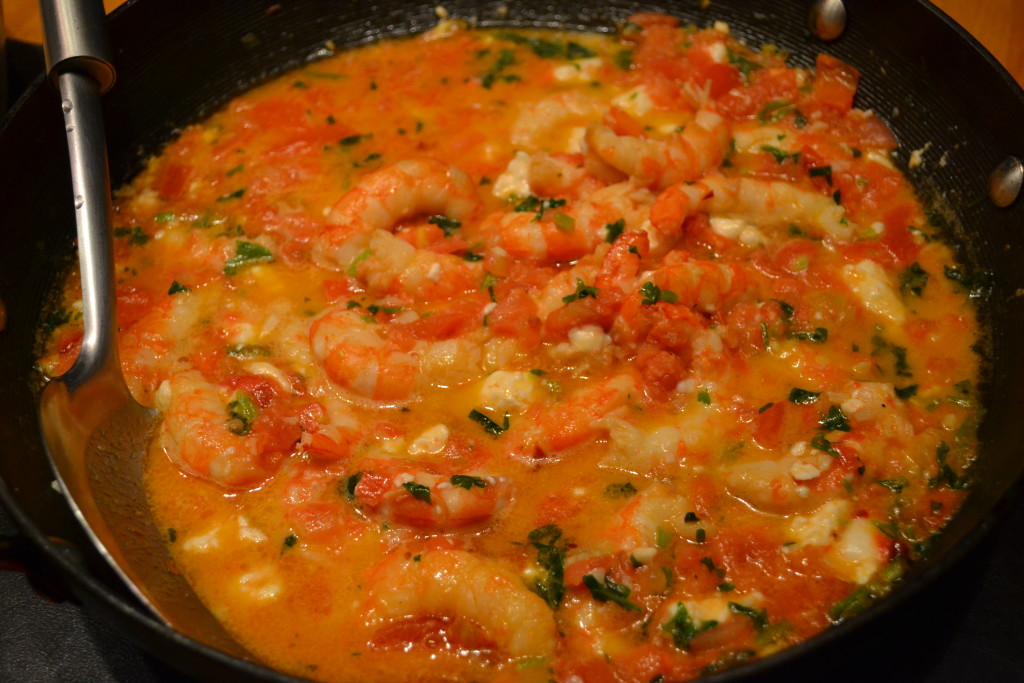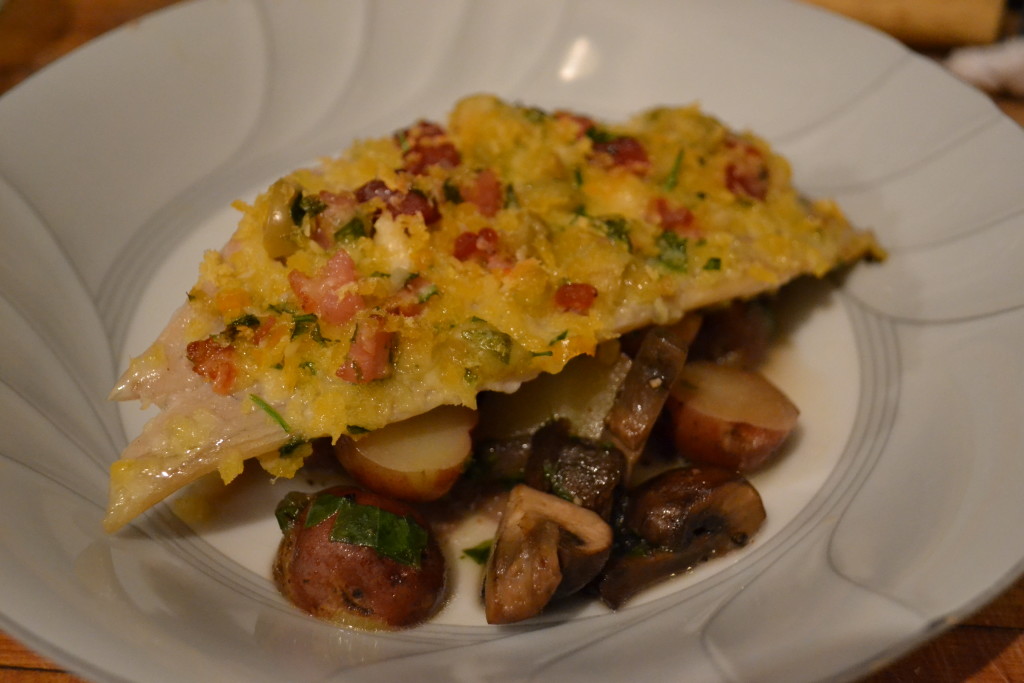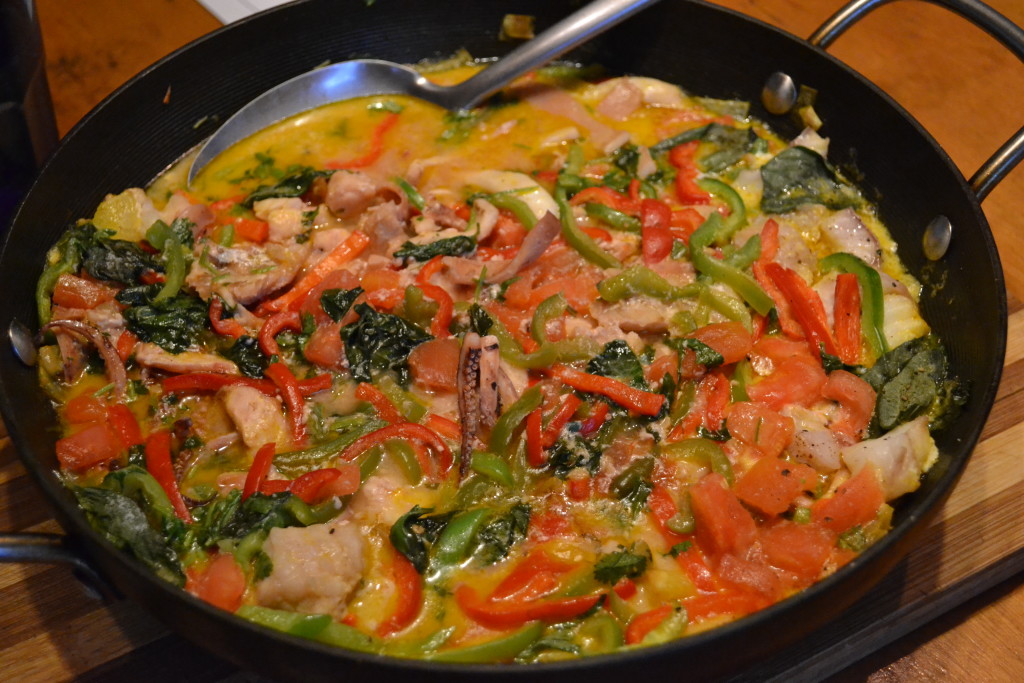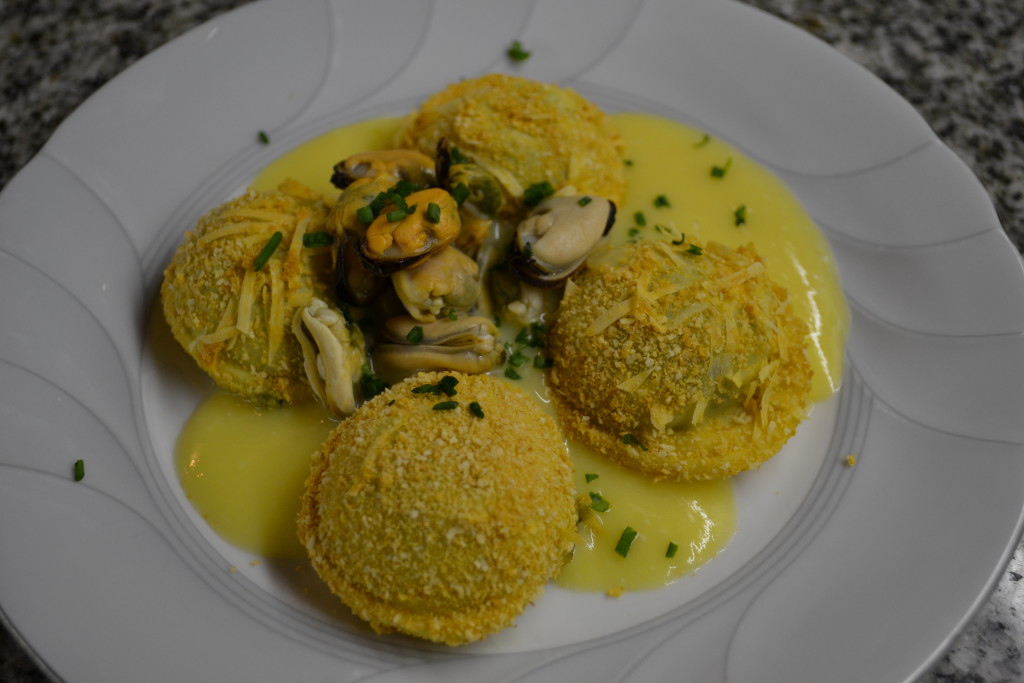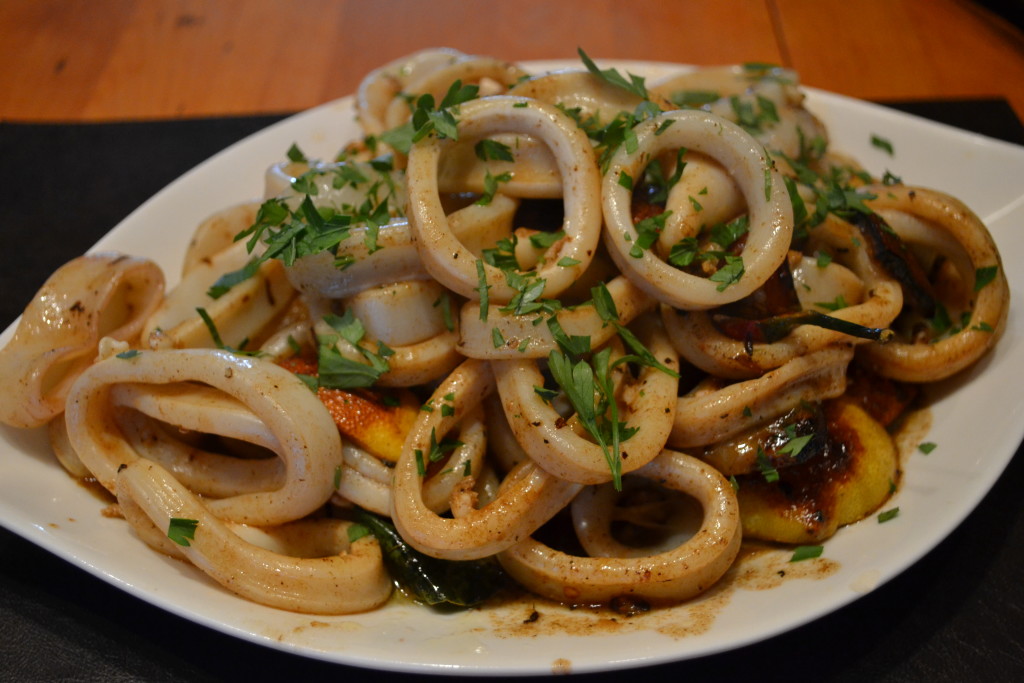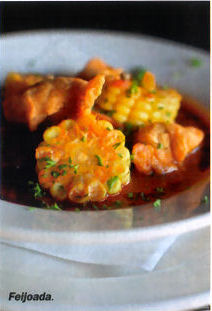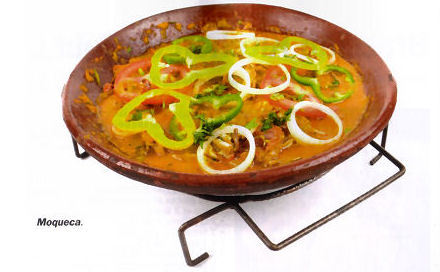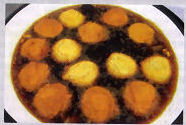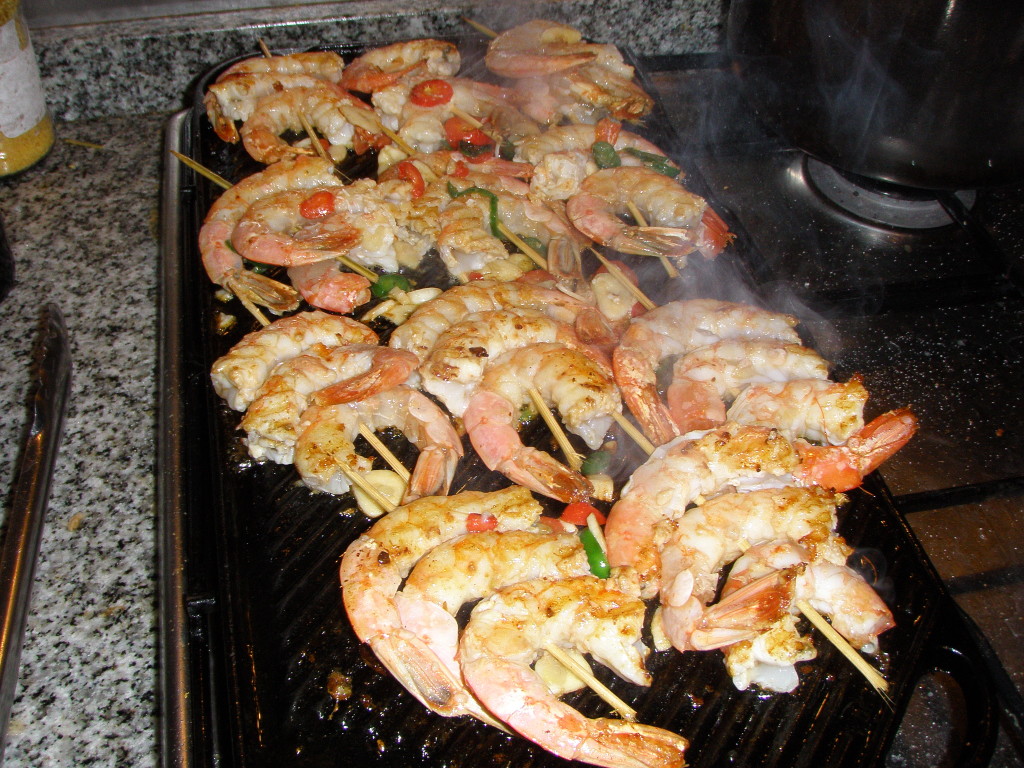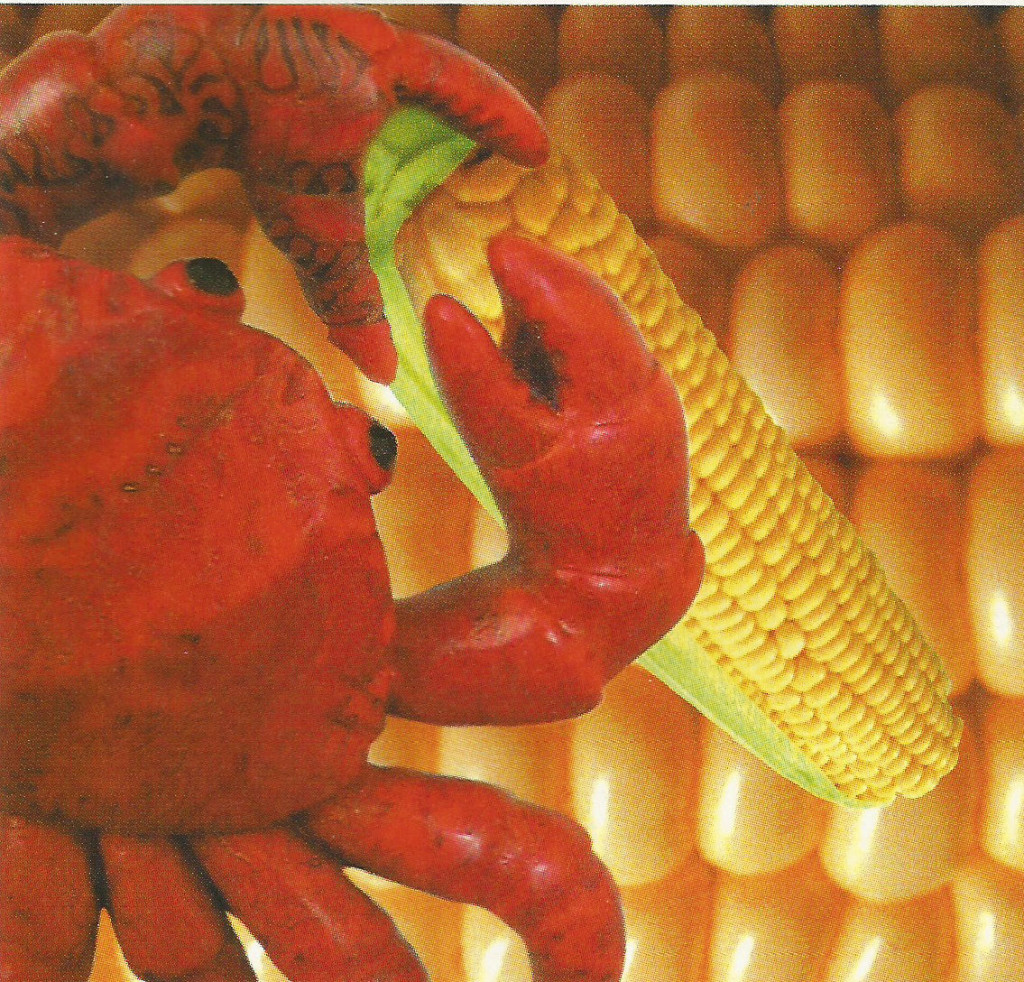1 in 7 fishes recommend
On Sunday supplement
Food and Wine
Having grown up in a household where Christmas was not celebrated, I had no tradition of particular holiday dishes associated with it. Oh, now and again I was invited to a friend’s house for a Christmas dinner, to be presented with, generally, either turkey, or what euphemistically we all agreed to call “pink chicken”, a classic cured ham, but a tacit agreement not to let my parents know I was eating pork.
As a teen I went to work in a neighbor’s Italian restaurant – our focus was pizza, with a secondary emphasis on pasta, and pretty much that’s what we made for the holidays – there weren’t even any special versions. But, as I continued my career and Italian restaurants figured strongly in the background, I learned about the “seven fishes” – which are sometimes nine or eleven or thirteen or three – but seven seemed a nice number to focus on. And as long as shellfish were included, it was always easy to come up with a septet to present at a Navidad dinner.
Now I suppose, if I’m going to give you a favourite or two for the upcoming Christmas holiday, I should have given you my best latkes and roast chicken with lemon sauce for recently passed Chanukah. But, I didn’t, mea culpa. We’ll have to move forward and focus on the fruits of the sea for this 2000 and something-th birthday celebration.
This dish actually is inspired from the Greek canon, but I’ve never heard anyone object that it didn’t seem Italian to them. Pretty much other than the choice of cheese in the dish, it could fit either cuisine.
Prawns with Feta & Spicy Tomato Sauce
100 ml olive oil
4 garlic cloves, minced
2-3 fresh red chilies
6 tomatoes, skinned and chopped
1 medium bunch parsley, chopped
4 Italian frying peppers (ají vinagres), seeded and sliced
1 kg raw prawns or shrimp, peeled and deveined
250 grams feta cheese, crumbled
salt and pepper
Heat olive oil in a frying pan, add garlic, tomatoes, parsley, chilies and sweet peppers and simmer 10 minutes over low heat. Add the shrimp and simmer 10 more minutes. Season to taste with salt and pepper. How simple is that? Crumble the feta over the top and put it into a hot oven for 15 minutes to melt the cheese and slightly brown it. Serves 4.
I regularly get asked about the whole “deveining” of prawns or shrimp. No, you don’t have to, but keep in mind that that black line running down the back of the critter is, to put it only semi-delicately, its poop-shoot. Your choice if that doesn’t bother you to eat it.
You might not know the pomfret, or, you might not know the pompano, different names for very closely related fish species, depending on which side of the Atlantic pond you live(d) on. Here, it’s called palometa, or often, supposedly as a marketing tactic, atún del mar del plata. It’s not a tuna, trust me.
Baked Pomfret
4 fillets pomfret/pompano
100 gm bacon, diced in small cubes and quickly cooked
12 green olives, chopped
6-8 stalks parsley, chopped
4 cloves garlic, chopped
100 gm breadcrumbs
1-2 teaspoons red pepper flakes (depending on if you like it spicy)
salt and pepper
olive oil
Place each fillet skin side down on an oiled baking sheet. Make a mixture of the other ingredients except the oil, coat each fillet with a layer, drizzle with olive oil. Broil in a very hot oven. Serves 4.
If you can find dried Italian peperoncino, which sometimes show up in the supermarkets or dieteticas here, they’re even better than the local red pepper flakes – but use a bit more sparingly, they’re much spicier – 3-4 of the little chilies will likely be plenty.
A series of recipes and articles that I started writing for the Buenos Aires Herald Sunday supplement, Food & Wine section, at the beginning of 2012. My original proposal to them was to take local favorite dishes and classics and lighten them up for modern day sensibilities. We’re not talking spa or diet recipes, but at the very least, making them healthier in content, particularly salt, fat and portion size. As time went by, that morphed into a recipe column that, while emphasizing food that is relatively “good for you”, wasn’t necessarily focused on local cuisine. At the beginning of 2013 I decided to stop writing for them over some administrative issues, but it was fun while it lasted.
